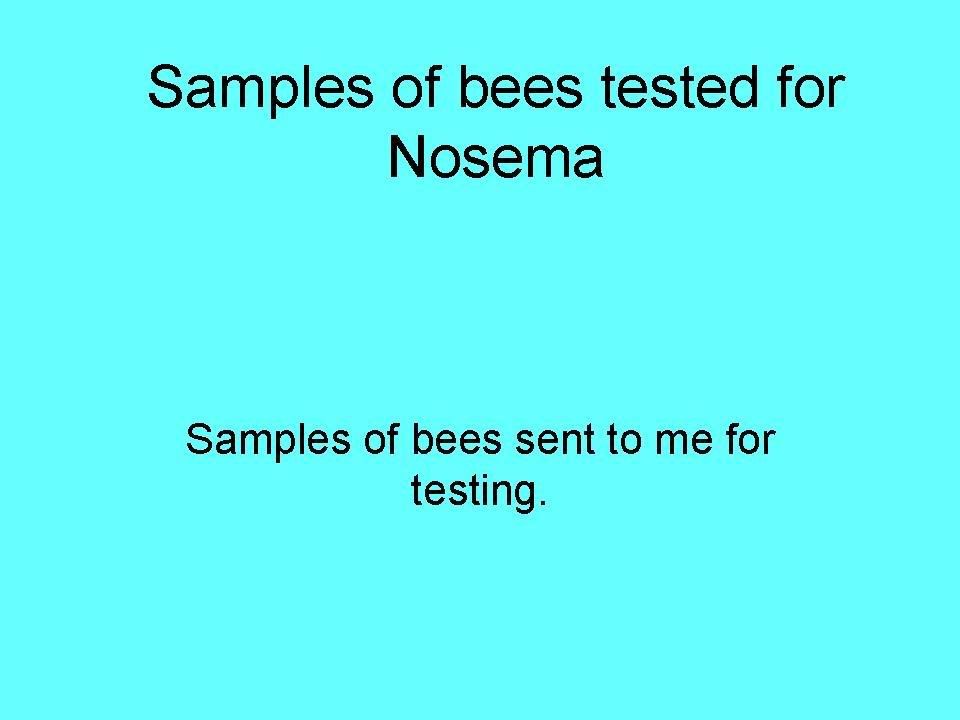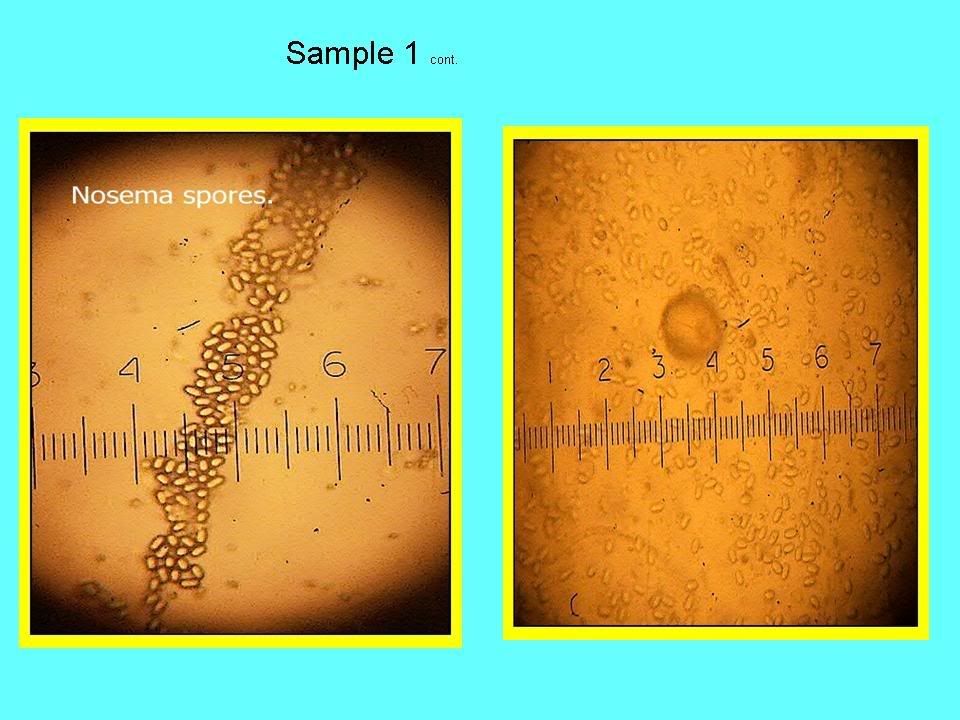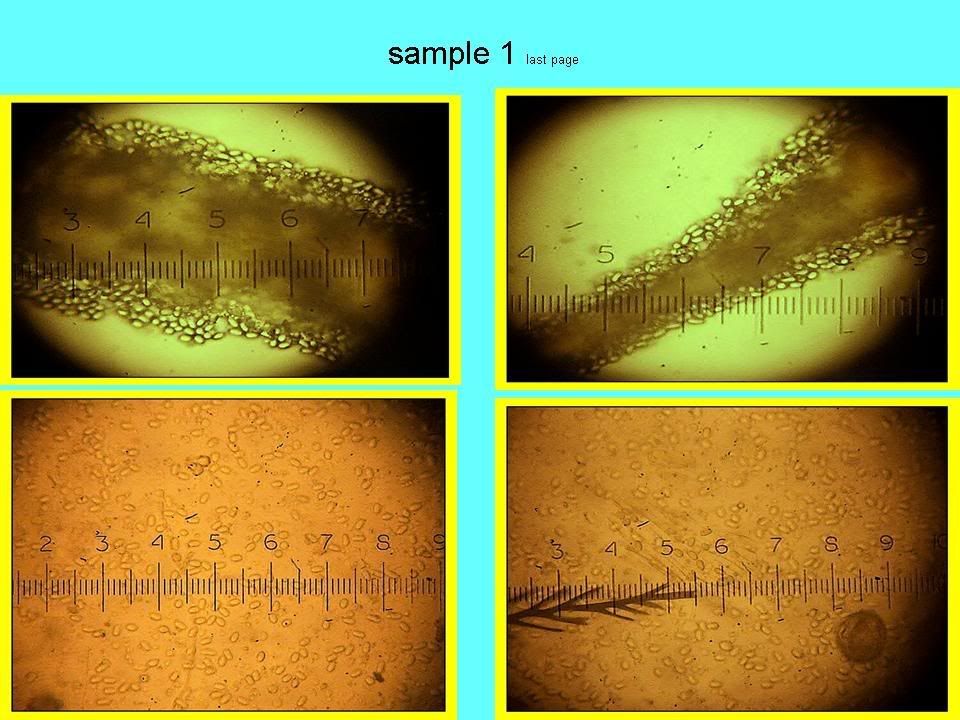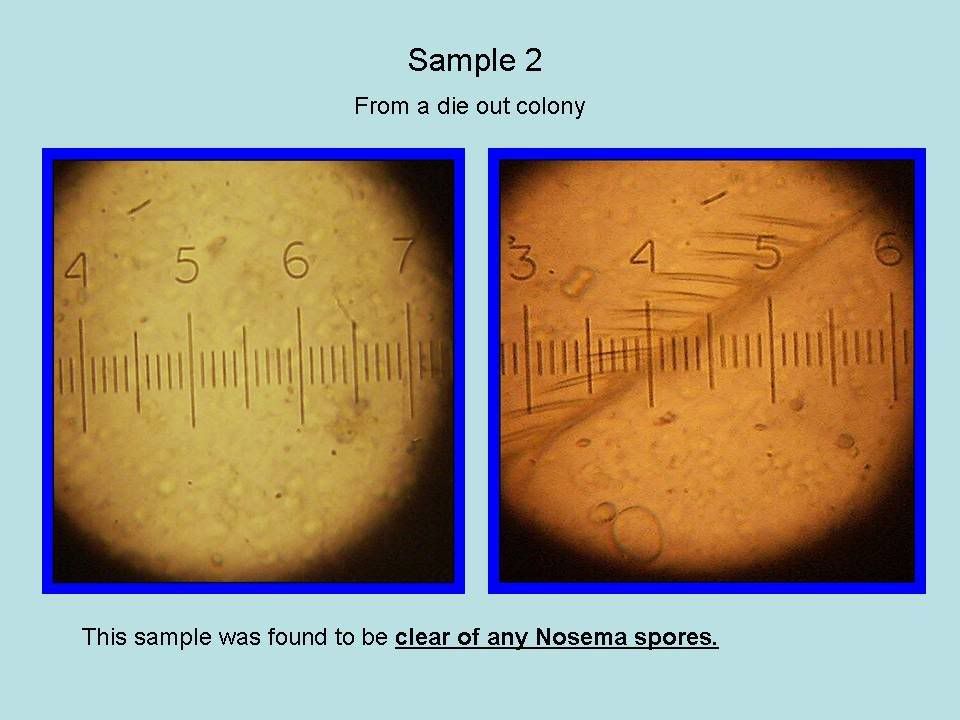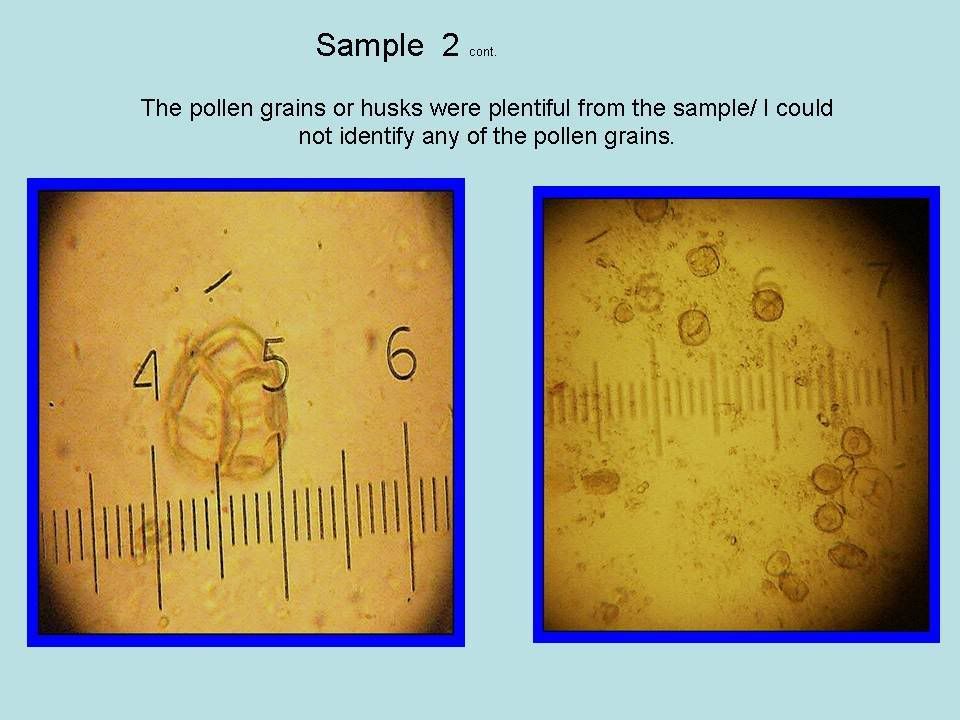Bcrazy
Drone Bee
- Joined
- Nov 14, 2008
- Messages
- 1,460
- Reaction score
- 5
- Location
- Warboys, CAMBS
- Hive Type
- None
- Number of Hives
- nil bees given away all colonies
I was asked to do an examination for Nosema by another beekeeper as his colony had died out. He said it was through starvation but they had plenty of stores, so he reckoned.
Anyway here's loads and loads of spores;
Not again!!!!!!
Admin please help I have been informed I have used my quota up for adding photo's.
Regards;
Anyway here's loads and loads of spores;
Not again!!!!!!
Admin please help I have been informed I have used my quota up for adding photo's.
Regards;





